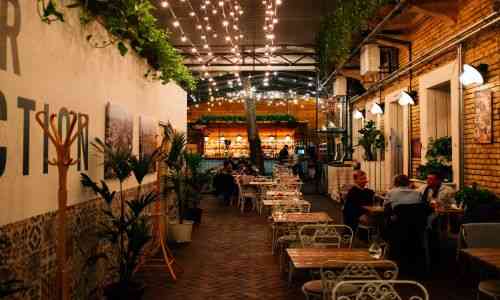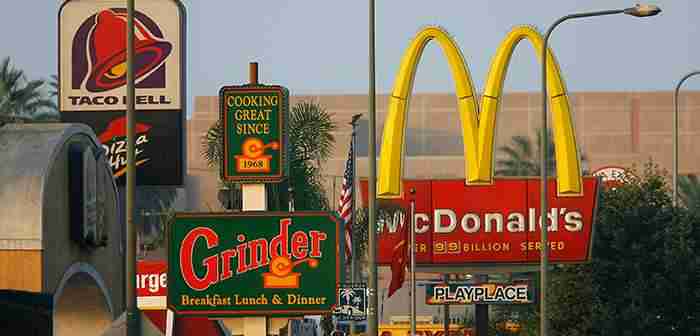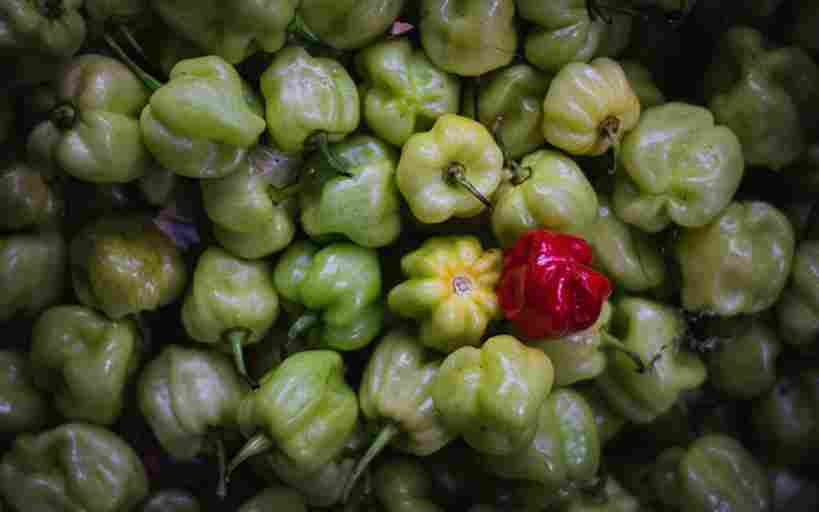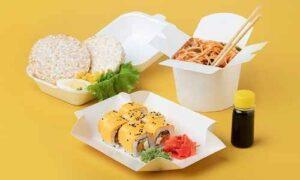
How to do a competitor analysis for a restaurant?
How to do a competitor analysis for a restaurant?
Sometimes, the best thing you can do for your restaurant is shop the competition for insights on how to grow your own business. If you’re wondering just how to do a competitor analysis for your restaurant, you’ve come to the right place.
After analysing your competitors, you will:
- get a better understanding of your position in the market, whether there’s a gap your restaurant can fill, or an opportunity for growth that your competitor’s haven’t figured out; and
- have enough evidence to improve your overall business strategy to help stand out against the competition and retain more customers!
So let’s dive right in and talk about how you can size up your competition.
Questions to bear in mind
Below are some questions to help you get the most out of your competitor analysis for your restaurant.
- What is your competitor’s unique selling proposition?
- What do customers like or dislike about your competitor’s food?
- What are reviewers and blogs saying about your competition?
- How close is your competition to your location?
- What is the atmosphere and decor like at your competitor’s establishment, and how does it improve or hurt their business?
You can always add more questions to the list above, depending on what your priorities are. And of course, the more competitors you research, the better.
Getting familiar with your competitors
As a restaurant owner, you will have two types of competitors: primary and secondary.
Primary competitors are restaurants that have similar service styles, foods, prices, atmospheres and decor. Secondary competitors are all other restaurants and cafes in your market area.
So if you own a reasonably priced table service restaurant and your restaurant is located in a business district, your competition doesn’t just include other “reasonably priced table service restaurants.” Other restaurants, cafes, fast-food joints, and street-stalls all count as your competition too.
Remember, workers usually have an hour to eat lunch. And they’re very price sensitive because they pay for lunch out of their own pocket, five times a week. So you can be positive that a bakery down the street selling meat pies will compete with you for customers at lunch time.
That’s why it’s important to know both your primary competitors as well as your secondary competitors. At any point in time, you could be competing with both.
Analyse your findings and set yourself apart
Why do customers pick you over your competitors? This is the essential question when conducting a competitor analysis for your restaurant.
Competition in the restaurant industry can get very high. Researching your competition is therefore an important step in understanding why some restaurants succeed in competitive markets while others fail.
If you’ve done your research, you know how your competitor’s food tastes, what people think of that food, and other reasons why people like to visit your competitor’s restaurant. If you find out your target customers prefer another restaurant because the service there is better, this is an indication that your customer service could improve too.
Maybe you find out through your research that married couples like to visit a competitor’s restaurant for dates on the weekends. You didn’t know you could target couples as customers, but seeing a primary competitor regularly attract couples has opened your eyes to the possibilities. Now, you can create a marketing campaign to lure couples to your restaurant.
Conclusion
It’s ironic but your competitors can help you excel in the market. It’s just a matter of researching, and doubling down on the things that would work for your brand.
If you’re prepared to go the distance when conducting the competitor analysis for your restaurant, check out this helpful article that dives deeper into the subject.
How can Interwaters help?
Delivery and takeout is one revenue stream that can easily help a restaurant stand out in the market.
Not only do some restaurants opt out of delivery (maybe they don’t have the capacity for the extra orders?) but sometimes, depending on the foods you serve, you just can’t use any old plastic container.
Believe it or not, using the right takeout packaging can help preserve food (and your brand image), making you more memorable to the customers who receive your food at their door, still hot, still crispy, still fresh 😀
If you want the right packaging for the food you serve, you’ve come to the right place.
We love going over and above what our customers expect. Get in touch here and we’ll be sure to provide the best (and cheapest) packaging for your business.






